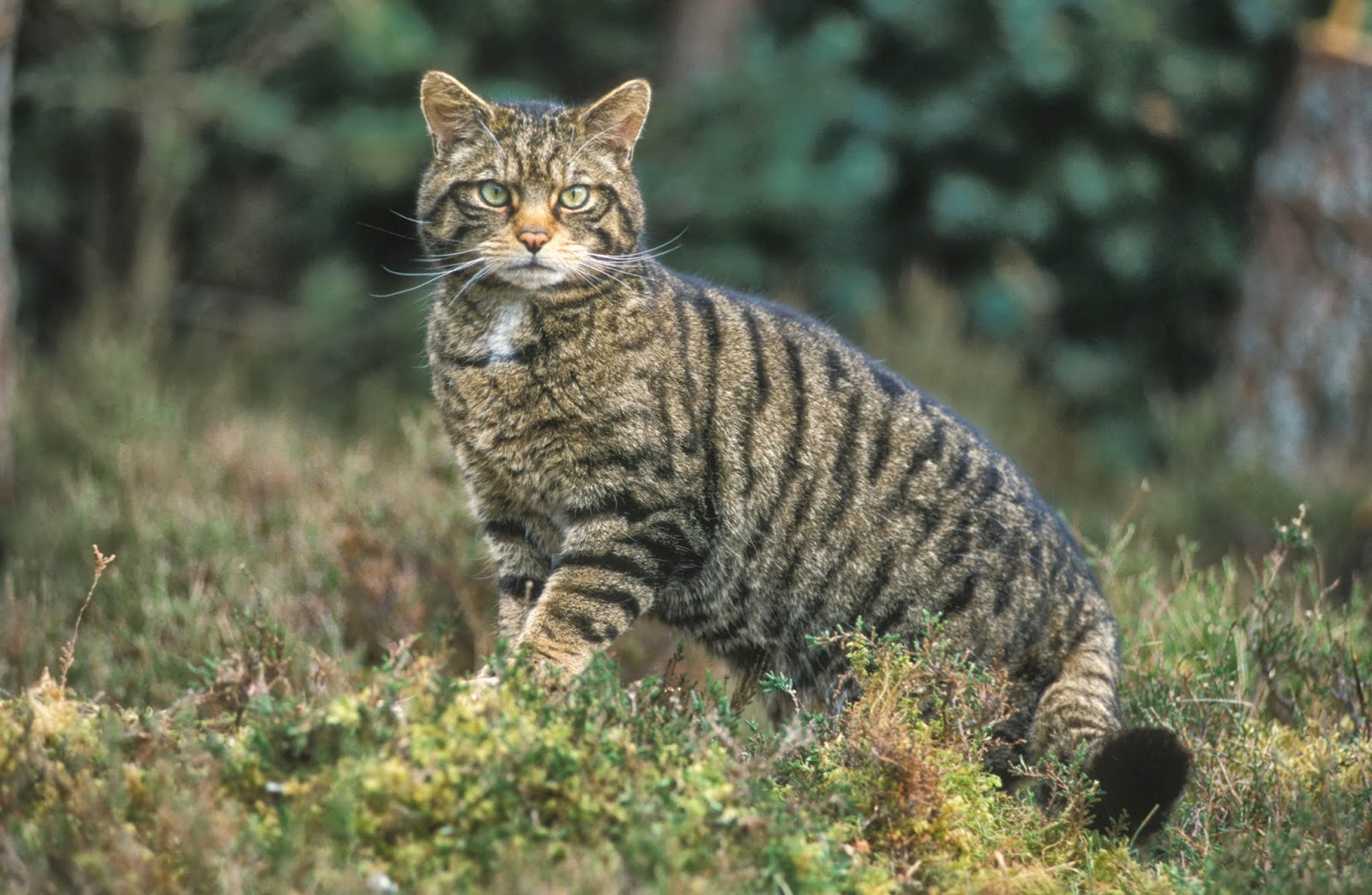Pixel
Art
Pixel art is a form of digital art that is
created in raster graphics software. The images are edited at a pixel level, so
it’s a very retro style that was used in old console games, in calculators and
some mobile games use pixel art to get that retro feel.
1. GIF: In 1987 CompuServe created the Graphics Interchange
Format (or GIF). A raster format that is web friendly, it supports 24-bit
colour RGB colour space containing 256 colours. It is also used for animation
so it can be used to make a sprite look like it’s moving by its self in the
game.
It’s a lossless compression format so it basically doesn’t lose any of its data
when it’s uploaded.
2. PNG: In 1995 the Portable Network Graphics was produced by the same people who created GIF.
It’s a raster graphics format that supports palettes of 24-bit or 32-bit
colours. It also supports lossless compression meaning that it can reduce the
size of the PNG image but it does not permanently lose its data and still keeps
the image’s quality. So it would be mostly used to create sprites for a game.
3. JPEG: Joint Photographic Experts Group or JPEG was created in
1991 by the Joint Photographic Experts Group. It is a format file designed for
photos digitally uploaded on the computer. It is one of the most commonly used
format file. Its colour depth goes to 24 bit meaning it contains about 16
million different colours. It is web-friendly but it is not good for lettering
or simple line drawing. It’s a lossy compression format mean that when an
image compress into a digital format it loses a bit of data and get it back.
4. BMP: Stand for Bitmap picture. BMP are very large files,
there colour depth goes up to 32 bit (16 million colours) and can be used on
many operating systems. Since BMP are large files they can take up a lot of
space on your computer and when you magnify the image, it loses its clarity and
looks more block because of the pixels.
5. TIFF: In 1992 the Tagged Image File Format or TIFF for short
was created. It support for all platforms (MAC, PC etc.). It is used as a
leading commercial and professional image standard. They come in large files
with colour depth of 48 bit (16 million colours). They are often use in print
documents. Electrical equipment such as scanners and digital cameras save
images as TIFF files. Tiff files can be opened with Photoshop or with Windows
Picture and fax Viewer.
As I mentioned
before, the only flaw that when you enlarge a raster image, the image would
lose its quality and it would look blurry and pixelated. Here’s an example, the
small picture is the actually image size 64x64 and when I enlarge the image has
now become blurry and pixelated so it can’t be used for any large prints.






No comments:
Post a Comment